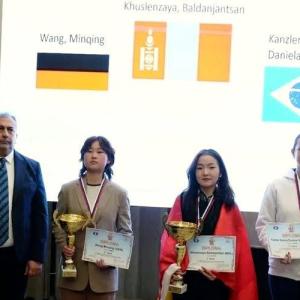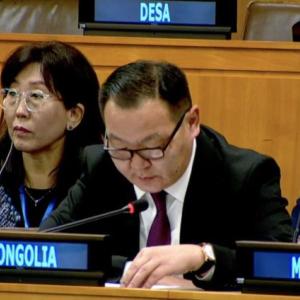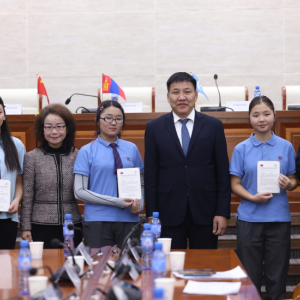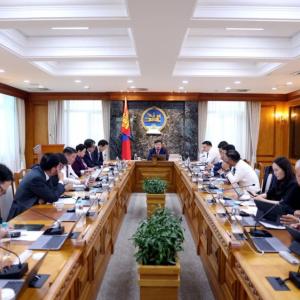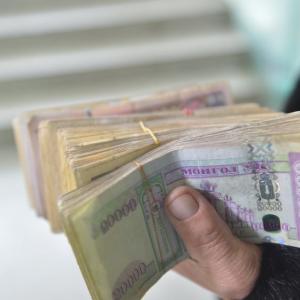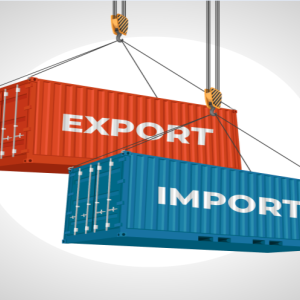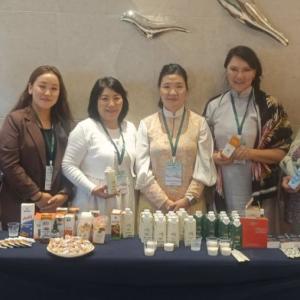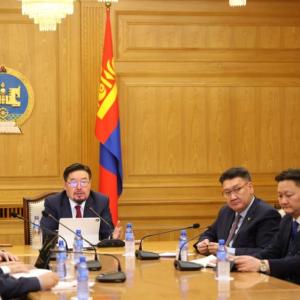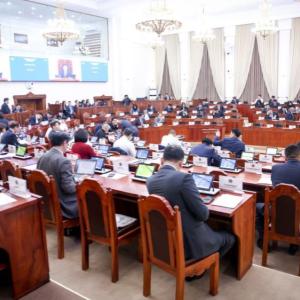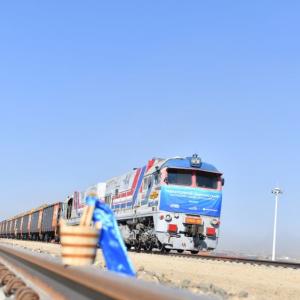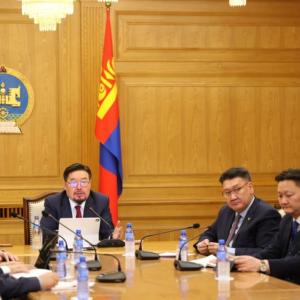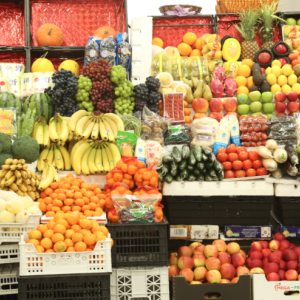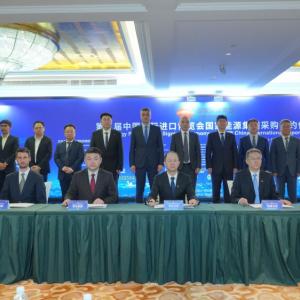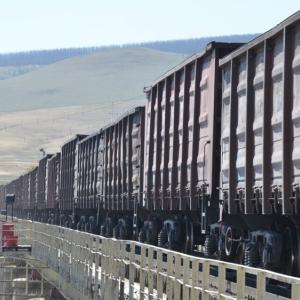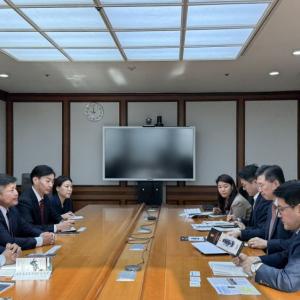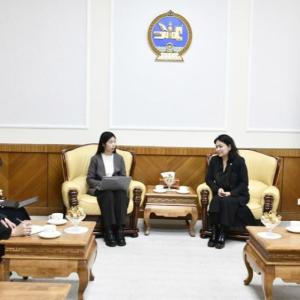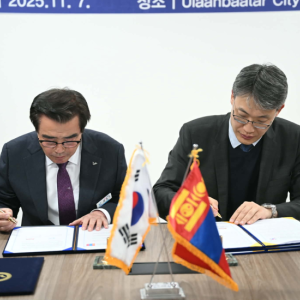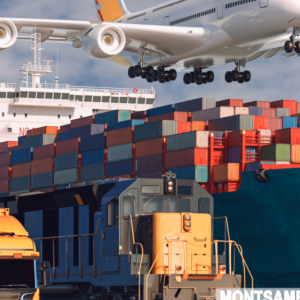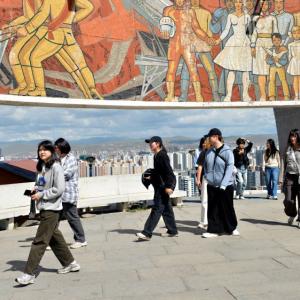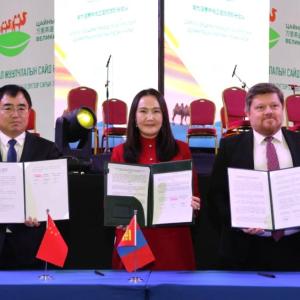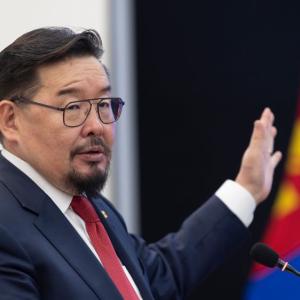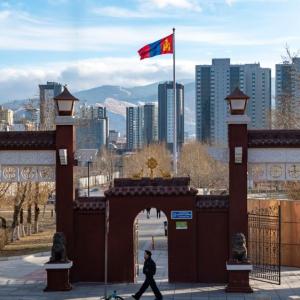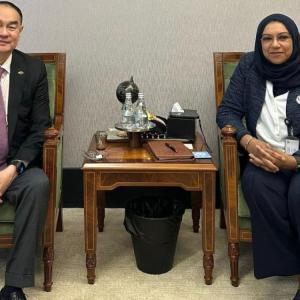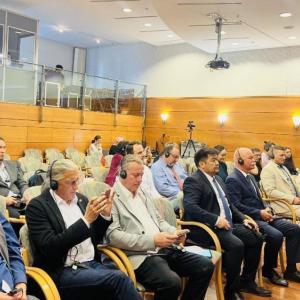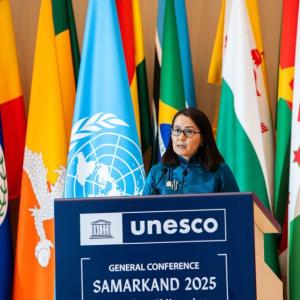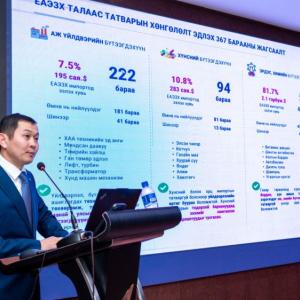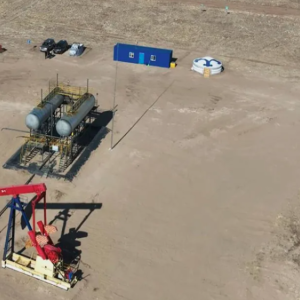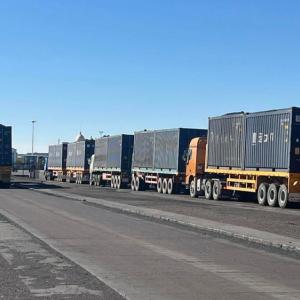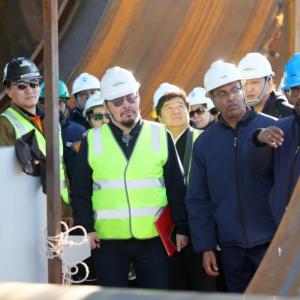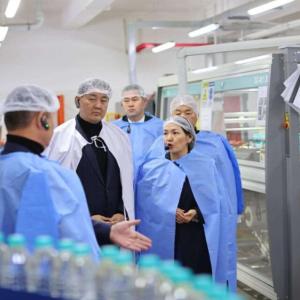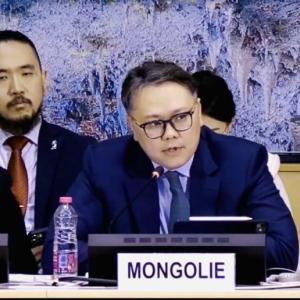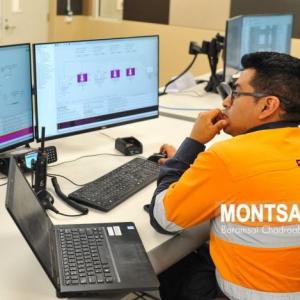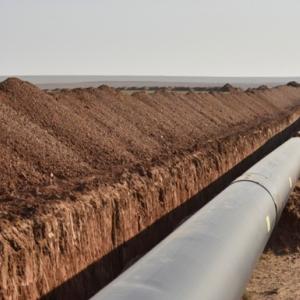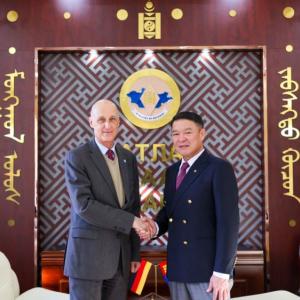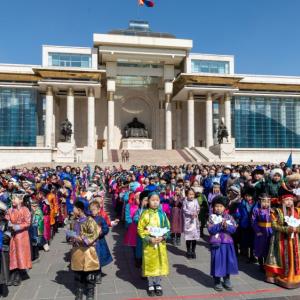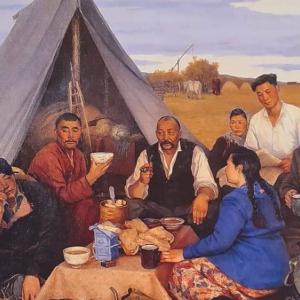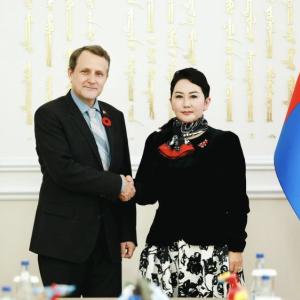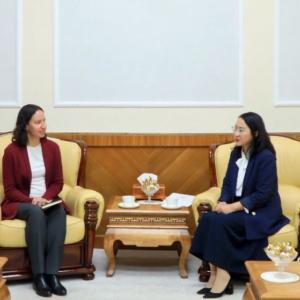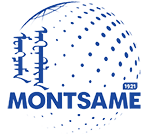Vision-2050 document envisages poverty rate to be at 5 percent by 2050
Economy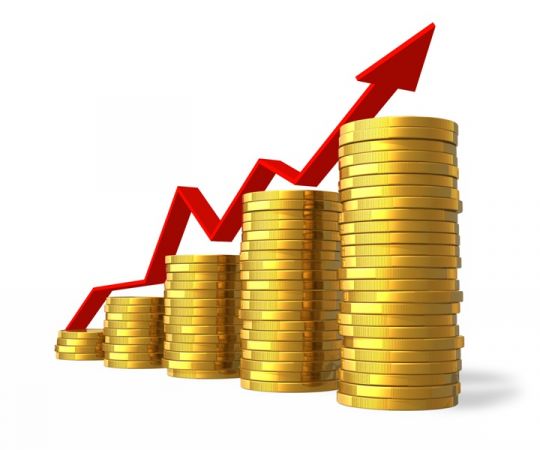
Ulaanbaatar/MONTSAME/. The ‘Vision-2050’ is a policy document, which was formulated by a working group comprising of 1500 people, including scholars, experts and state secretaries of 13 ministries, heads of some government agencies, authorities of universities and representatives of non-government organizations. According to the Prime Minister's order No: 52 dated April 30, 2019, the working group analyzed development stages of the past 30 years of Mongolia and formulated the policy document that will define long and mid-term development policy until 2050. We are presenting 9 fundamental goals of the development policy in detail.
To make estimations of economic sector, the Working Group used the Computable General Equilibrium (CGE)
as a key methodology to envisage expected outcomes. The estimation for first
decade (2020-2030) was made through three variations; basic version, ‘Green economy’
version, and the version with inclusive of major projects and programs.
The basic version is a
version that preserves current economic development trends further and upholds state
involvement and coordination in economic life at present level.
‘Green economy’ version aims
to make the growth of livestock consistent with the grazing capacity. In case
of not taking required measures, there will be devastating result or failure of
animal husbandry sector due to lack of grazing and insufficient grazing capacity.
The version with the
inclusive of major projects and programs will show combined expected results of
the implementation of ‘Green economy’ version and business and infrastructural
mega projects, stated in the list of investment.
According to the estimation
for 2020-2030, the volume of the country’s Gross Domestic Products is expected
to be USD32.1 billion (as of exchange rate in 2018), with USD 8299 -GDP per
capita. During this period, mining and extractive sector is likely to produce
31.4 percent of the GDP, processing industry –14.6 percent and trade sector
-10.5 percent.
In 2031-2040, the volume of
GDP is expected to reach USD 54 billion (as of exchange rate in 2018), with USD
12004-GDP per capita. During this decade, processing industry, transport and
logistics sectors are predicted to have highest growth.
In 2041-2050, the volume of
the country’s GDP is projected to be USD77.7 billion (as of exchange rate in
2018), with increased GDP per capita to USD 15000. The prospects show that
during this period the processing industry is estimated to produce 27.4 percent
of the GDP, mining and extractive sector –25.3 percent and transport and
logistics --11.6 percent. Besides the sectors aforementioned, energy, tourism
and creative industry are likely to have high growth. On the other words, there
will be radical changes in the country’s economy over the next 30 years with advancements
in processing industry and other sectors, which will build conditions to make
economy multi-pillared actually.
As a result of the long-term
development policy, it is expected that by 2050 the country’s poverty level
will be at 5 percent, GDP will be estimated to be USD75 billion (USD15000 per
capita), inflation rate will be 2 percent and export volume will be counted to
USD52 billion.
Following are the expected outcomes
as a result of long-term actions to ensure sustainable economic development:
Sustainable
economy with risk-bearing capacity in 2020-2030
-Ensured macroeconomic
balance and improved risk-bearing ability
-Increased volume of import-substitute
products’ manufacturing and developed export-oriented heavy and light industry
-Developed infrastructure of
stock market, increased number of investors and developed digital
technology-based multilateral financial service
High-income
and cumulative economy in
2031-2040
-Formed macroeconomic
situation with accumulation and improved credit rating
-Active player in organic
foods and energy sector of the Northeast Asia
-Established opportunity to
trade domestic financial instruments in collaboration with Asian major stock
exchanges and attract investment
Economy
predominated by middle-class in 2041-2050
-Ensured external and
internal balance of macroeconomy, fully employed, established low-level
inflation macroeconomic environment and the society with middle-class predomination
-Developed leading economic sectors
and multi-pillared sustainable economy
-Developed technology-based global
financial services.
 Ulaanbaatar
Ulaanbaatar









